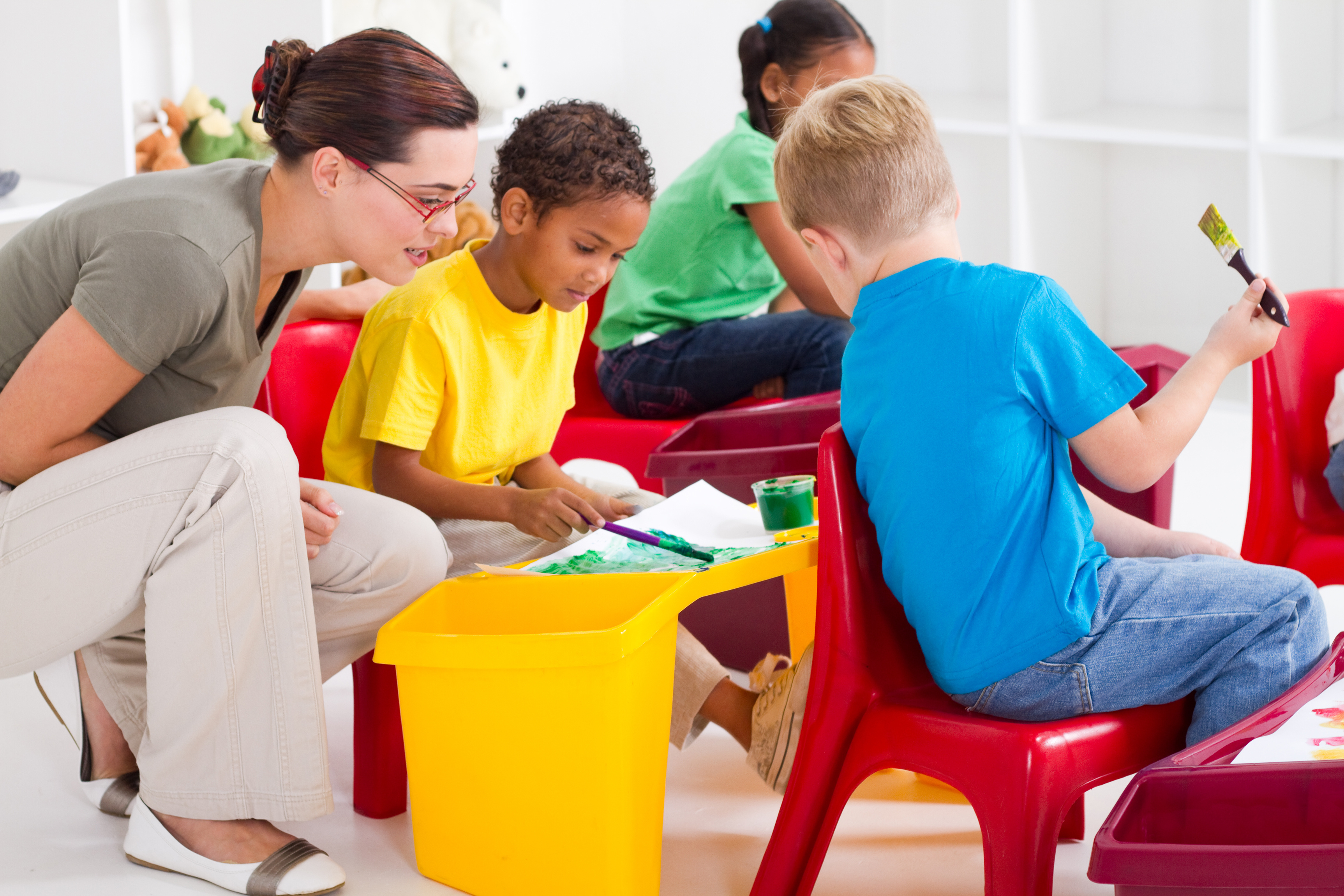I am sure that most of you agree on the importance of teaching children of all ages the concepts of self-awareness, self-management, social awareness, relationship skills, and responsible decision making otherwise known as SEL or social and emotional learning. And yes, I am confident that you also understand the importance for using evidence and research based programs and practices to teach these concepts. Research has shown us that the outcomes for children are much more positive if there is a systematic and schoolwide effort to cohesively address these areas that are sometimes called “soft skills”. Skills that will benefit children for their entire lives and help them as they grow into adults and help them become productive engaged members of our communities.
My question most recently though has been, how well are teachers prepared to teach and implement these SEL concepts since there has been such a focus on using SEL concepts in the classroom? While researching this idea, I came a new report that was recently shared by CASEL (Collaborative for Academic, Social, and Emotional Learning) www.casel.org that reveals that although some educators say that SEL is an “add on” or an “extra thing to do” it really isn’t. For good teaching, SEL is essential!
Here are some highlights from the summary that I found interesting:
- Good teachers are caring and communicate their caring to their students.
- Good teachers know that learning is a social process.
- Good teachers know that learning includes the connection and interaction and not just information.
- Good teachers know the strengths and challenges of all of their students and nurture them to reach their highest potential.
The report reveals that the above aspects of “good teachers” are not necessarily taught in teacher preparation courses colleges and universities. They are typically left to the individual teacher to learn or develop on their own through the guidance of other teachers and school administrators. Yet more and more teachers are asked to support the SEL growth of their students without perhaps having adequate training around their own SEL development or professional development in implementing effective SEL practices in their classrooms.
There are lots of implications to think about in the area of teacher SEL preparation and I would encourage you to read the summary of the report or even the full report. Click here to learn more about the findings from the report.
















